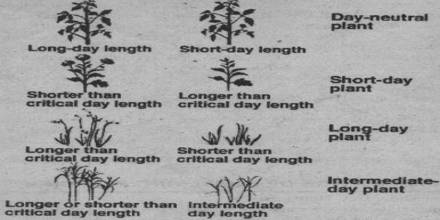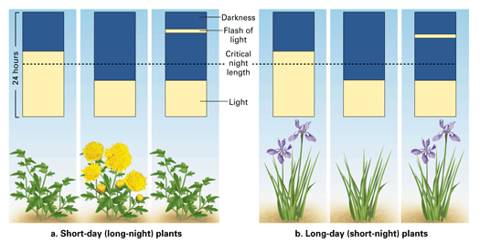A particular photoperiod is essential for the flowering of a particular variety or species which acts as lower limit or higher limit. Thus, critical photoperiod may be defined as the lower limit of day light which required for the blooming of flowers.
For the flowing of a short day plant, the length of day time will have to be less than critical photoperiod. Otherwise it will never bloom. On the other hand, for a long day plant, the length of day for flowing must be more than critical photoperiod.

Critical photoperiod: The definite day length light period above or below of which the plant never blooms is known as critical photoperiod. The critical length (the minimum or maximum length of day) for initiation of flowering is frequently about 12-14 almost it can vary considerably.
Plants that will not flower unless the day length is shorter than the critical length are called short day plants. Plants that will not flower unless periods of light are longer than the critical length are called long day plants. So, it is found from the experiment that the critical day length; exp; critical photoperiod is more important than the length of day light.
Example: Tt is found that the critical photoperiod of Xanthium is 15 hours. It is a short day plant. So, for flowering of Xanthium the day length must be less than 15 hours. If the day length is exceed 15 hours the plant will not bloom at all. On the other hand Hyoscyamus is a long day plant. The critical photoperiod of this plant is 11 hours.














